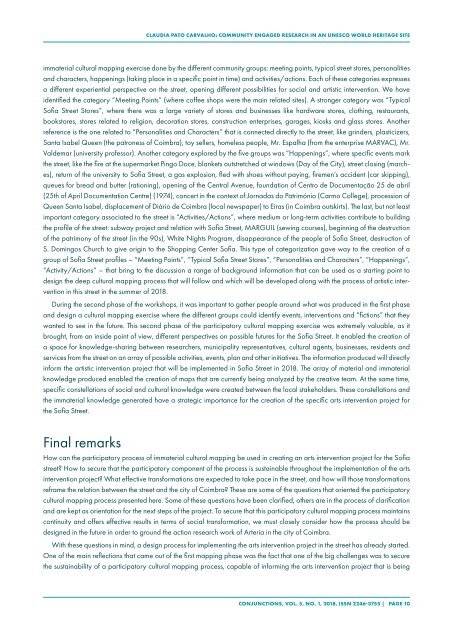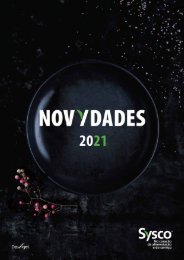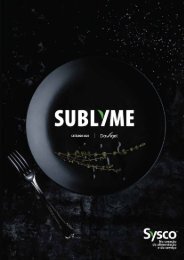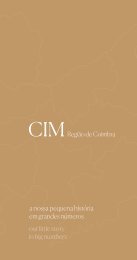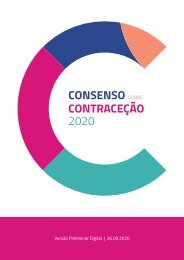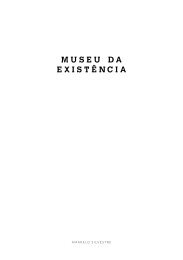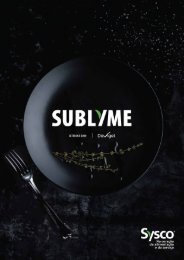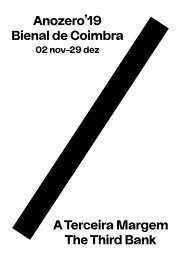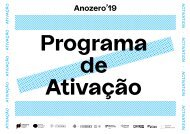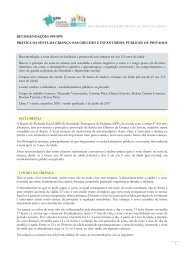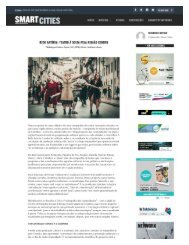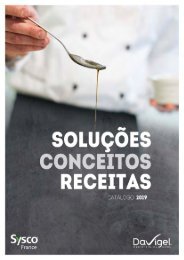«Community Engaged Research in an UNESCO World Heritage Site» Cláudia Pato Carvalho
With this paper, we wish to share the experience of an arts-based action research intervention in the Sofia Street, in Coimbra (Portugal), a city street that was inscribed as an UNESCO World Heritage Site in 2013. This intervention is part of the bigger action-research project named Arteria (2018-2020), where we wish to explore the possible connections between the artistic practice and the field of social science. In this paper, we describe how the field research, which took place in this street (the preparation of community workshops and their implementation), offers a process of methodological exploration on how social science methodologies may be articulated with the processes of artistic creation. We show how this can be done by developing innovative approaches to cultural participation through the process of immaterial co-creation of knowledge. At the same time, we share reflections on how the artistic intervention may have an impact on the social and cultural transformation of Sofia Street. https://tidsskrift.dk/tcp/article/view/105291
With this paper, we wish to share the experience of an arts-based action research intervention in the Sofia Street, in Coimbra (Portugal), a city street that was inscribed as an UNESCO World Heritage Site in 2013. This intervention is part of the bigger action-research project named Arteria (2018-2020), where we wish to explore the possible connections between the artistic practice and the field of social science. In this paper, we describe how the field research, which took place in this street (the preparation of community workshops and their implementation), offers a process of methodological exploration on how social science methodologies may be articulated with the processes of artistic creation. We show how this can be done by developing innovative approaches to cultural participation through the process of immaterial co-creation of knowledge. At the same time, we share reflections on how the artistic intervention may have an impact on the social and cultural transformation of Sofia Street.
https://tidsskrift.dk/tcp/article/view/105291
You also want an ePaper? Increase the reach of your titles
YUMPU automatically turns print PDFs into web optimized ePapers that Google loves.
CLAUDIA PATO CARVALHO: COMMUNITY ENGAGED RESEARCH IN AN <strong>UNESCO</strong> WORLD HERITAGE SITE<br />
immaterial cultural mapp<strong>in</strong>g exercise done by the different community groups: meet<strong>in</strong>g po<strong>in</strong>ts, typical street stores, personalities<br />
<strong>an</strong>d characters, happen<strong>in</strong>gs (tak<strong>in</strong>g place <strong>in</strong> a specific po<strong>in</strong>t <strong>in</strong> time) <strong>an</strong>d activities/actions. Each of these categories expresses<br />
a different experiential perspective on the street, open<strong>in</strong>g different possibilities for social <strong>an</strong>d artistic <strong>in</strong>tervention. We have<br />
identified the category “Meet<strong>in</strong>g Po<strong>in</strong>ts” (where coffee shops were the ma<strong>in</strong> related sites). A stronger category was “Typical<br />
Sofia Street Stores”, where there was a large variety of stores <strong>an</strong>d bus<strong>in</strong>esses like hardware stores, cloth<strong>in</strong>g, restaur<strong>an</strong>ts,<br />
bookstores, stores related to religion, decoration stores, construction enterprises, garages, kiosks <strong>an</strong>d glass stores. Another<br />
reference is the one related to “Personalities <strong>an</strong>d Characters” that is connected directly to the street, like gr<strong>in</strong>ders, plasticizers,<br />
S<strong>an</strong>ta Isabel Queen (the patroness of Coimbra), toy sellers, homeless people, Mr. Espalha (from the enterprise MARVAC), Mr.<br />
Valdemar (university professor). Another category explored by the five groups was “Happen<strong>in</strong>gs”, where specific events mark<br />
the street, like the fire at the supermarket P<strong>in</strong>go Doce, bl<strong>an</strong>kets outstretched at w<strong>in</strong>dows (Day of the City), street clos<strong>in</strong>g (marches),<br />
return of the university to Sofia Street, a gas explosion, fled with shoes without pay<strong>in</strong>g, firemen’s accident (car skipp<strong>in</strong>g),<br />
queues for bread <strong>an</strong>d butter (ration<strong>in</strong>g), open<strong>in</strong>g of the Central Avenue, foundation of Centro de Documentação 25 de abril<br />
(25th of April Documentation Centre) (1974), concert <strong>in</strong> the context of Jornadas do Património (Carmo College), procession of<br />
Queen S<strong>an</strong>ta Isabel, displacement of Diário de Coimbra (local newspaper) to Eiras (<strong>in</strong> Coimbra outskirts). The last, but not least<br />
import<strong>an</strong>t category associated to the street is “Activities/Actions”, where medium or long-term activities contribute to build<strong>in</strong>g<br />
the profile of the street: subway project <strong>an</strong>d relation with Sofia Street, MARGUIL (sew<strong>in</strong>g courses), beg<strong>in</strong>n<strong>in</strong>g of the destruction<br />
of the patrimony of the street (<strong>in</strong> the 90s), White Nights Program, disappear<strong>an</strong>ce of the people of Sofia Street, destruction of<br />
S. Dom<strong>in</strong>gos Church to give orig<strong>in</strong> to the Shopp<strong>in</strong>g Center Sofia. This type of categorization gave way to the creation of a<br />
group of Sofia Street profiles – “Meet<strong>in</strong>g Po<strong>in</strong>ts”, “Typical Sofia Street Stores”, “Personalities <strong>an</strong>d Characters”, “Happen<strong>in</strong>gs”,<br />
“Activity/Actions” – that br<strong>in</strong>g to the discussion a r<strong>an</strong>ge of background <strong>in</strong>formation that c<strong>an</strong> be used as a start<strong>in</strong>g po<strong>in</strong>t to<br />
design the deep cultural mapp<strong>in</strong>g process that will follow <strong>an</strong>d which will be developed along with the process of artistic <strong>in</strong>tervention<br />
<strong>in</strong> this street <strong>in</strong> the summer of 2018.<br />
Dur<strong>in</strong>g the second phase of the workshops, it was import<strong>an</strong>t to gather people around what was produced <strong>in</strong> the first phase<br />
<strong>an</strong>d design a cultural mapp<strong>in</strong>g exercise where the different groups could identify events, <strong>in</strong>terventions <strong>an</strong>d “fictions” that they<br />
w<strong>an</strong>ted to see <strong>in</strong> the future. This second phase of the participatory cultural mapp<strong>in</strong>g exercise was extremely valuable, as it<br />
brought, from <strong>an</strong> <strong>in</strong>side po<strong>in</strong>t of view, different perspectives on possible futures for the Sofia Street. It enabled the creation of<br />
a space for knowledge-shar<strong>in</strong>g between researchers, municipality representatives, cultural agents, bus<strong>in</strong>esses, residents <strong>an</strong>d<br />
services from the street on <strong>an</strong> array of possible activities, events, pl<strong>an</strong> <strong>an</strong>d other <strong>in</strong>itiatives. The <strong>in</strong>formation produced will directly<br />
<strong>in</strong>form the artistic <strong>in</strong>tervention project that will be implemented <strong>in</strong> Sofia Street <strong>in</strong> 2018. The array of material <strong>an</strong>d immaterial<br />
knowledge produced enabled the creation of maps that are currently be<strong>in</strong>g <strong>an</strong>alyzed by the creative team. At the same time,<br />
specific constellations of social <strong>an</strong>d cultural knowledge were created between the local stakeholders. These constellations <strong>an</strong>d<br />
the immaterial knowledge generated have a strategic import<strong>an</strong>ce for the creation of the specific arts <strong>in</strong>tervention project for<br />
the Sofia Street.<br />
F<strong>in</strong>al remarks<br />
How c<strong>an</strong> the participatory process of immaterial cultural mapp<strong>in</strong>g be used <strong>in</strong> creat<strong>in</strong>g <strong>an</strong> arts <strong>in</strong>tervention project for the Sofia<br />
street? How to secure that the participatory component of the process is susta<strong>in</strong>able throughout the implementation of the arts<br />
<strong>in</strong>tervention project? What effective tr<strong>an</strong>sformations are expected to take pace <strong>in</strong> the street, <strong>an</strong>d how will those tr<strong>an</strong>sformations<br />
reframe the relation between the street <strong>an</strong>d the city of Coimbra? These are some of the questions that oriented the participatory<br />
cultural mapp<strong>in</strong>g process presented here. Some of these questions have been clarified, others are <strong>in</strong> the process of clarification<br />
<strong>an</strong>d are kept as orientation for the next steps of the project. To secure that this participatory cultural mapp<strong>in</strong>g process ma<strong>in</strong>ta<strong>in</strong>s<br />
cont<strong>in</strong>uity <strong>an</strong>d offers effective results <strong>in</strong> terms of social tr<strong>an</strong>sformation, we must closely consider how the process should be<br />
designed <strong>in</strong> the future <strong>in</strong> order to ground the action research work of Arteria <strong>in</strong> the city of Coimbra.<br />
With these questions <strong>in</strong> m<strong>in</strong>d, a design process for implement<strong>in</strong>g the arts <strong>in</strong>tervention project <strong>in</strong> the street has already started.<br />
One of the ma<strong>in</strong> reflections that came out of the first mapp<strong>in</strong>g phase was the fact that one of the big challenges was to secure<br />
the susta<strong>in</strong>ability of a participatory cultural mapp<strong>in</strong>g process, capable of <strong>in</strong>form<strong>in</strong>g the arts <strong>in</strong>tervention project that is be<strong>in</strong>g<br />
CONJUNCTIONS, VOL. 5, NO. 1, 2018, ISSN 2246-3755 | PAGE 10


